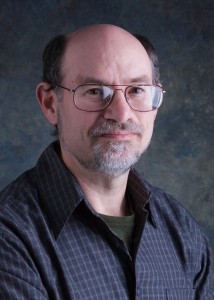
Today on 10 Questions With… we have Allan Greene, a pianist that works in the dance world…
We would also like to welcome Allan to our contributing writer staff here at 4dancers. He’ll be writing a new monthly column appropriately titled, “Music Notes”…
1. How did you get started in music?
I started composing on my own when I was eight years old after I tired of copying songs from our third grade songbooks. The next year I began studying the cello at my elementary school, and the next year I began studying piano with the wife of one of my father’s electronic engineer colleagues. Things moved rapidly from there.
The cantor at my family’s synagogue recommended me to a Viennese choir-master who passed me on to an eccentric Juilliard-trained pianist. The intensity of the Juilliard training was too much for me and conflicted with Boy Scouts and after-school basketball. I moved on to a retired violinist / pianist who devoted his Saturdays to me, and presented me in recital several months before my 16th birthday.
All the while I was composing on my own. At the age of twelve I was composing suites of atonal works, for various chamber music combinations as well as solo piano. My high school choir performed a setting I created of a poem by James Joyce. Stylistically, I was heading out the trajectory blazed by Charles Ives, inventing what I called “stream-of-consciousness music” analogous to Joyce’s literary technique: I created a musical narrative out of musical objets trouvés, using juxtaposition of styles and recognizable snippets to shape the drama. A generation later, due to the invention of sampling synthesizers, personal computers and audio production software, some of my ideas were independently showing up as common compositional tools in film and television scores.
2. What brought you into the dance world?
Accompanying ballet and modern dance classes was a work-study contract gig available at Carleton College (Northfield, Minnesota) in my freshman year. After a term washing dishes at one of the college’s cafeterias, it was a god-send. I found it easy, delightful to watch and participate in, and, importantly, made being a musician both quotidian and artistic. I’ve never liked having the spotlight trained on me, so this allowed me to participate and observe simultaneously. Accompanying dance became a laboratory for me to study the effect on collaborating artists of all kinds of music and all sorts of harmonies, melodies, rhythms and textures. It still is.
3. Where has your career taken you in terms of playing for dancers? [Read more…]




